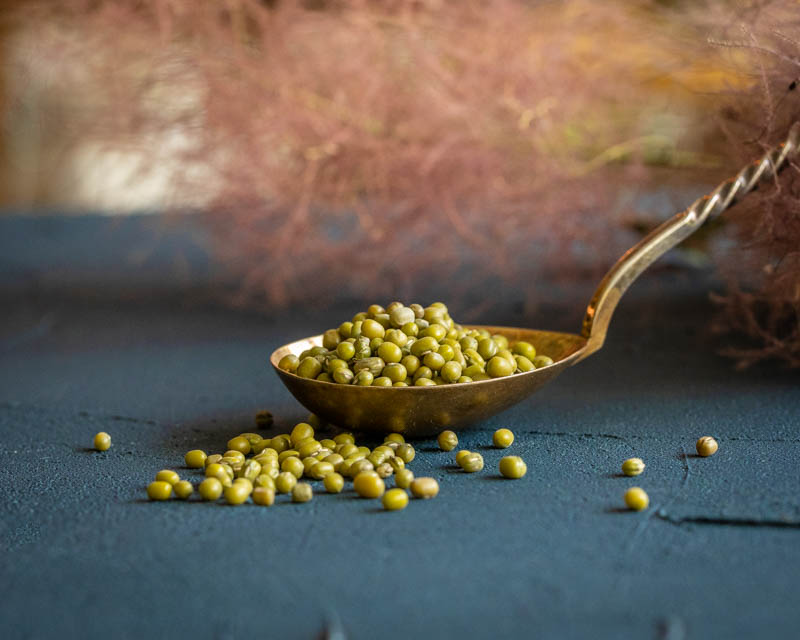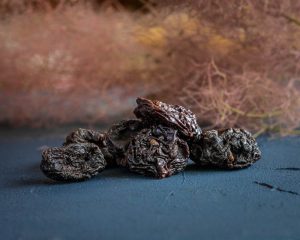Organic mung beans
From 1.00€
Organic mung bean (Vigna radiata) is a versatile legume that has been cultivated for thousands of years. The mung beans has a rich history dating back more than 4000 years. They are thought to have originated in the Indian subcontinent, but spread rapidly to other regions of Asia and eventually reached Europe and the Americas via trade routes. Mung beans were highly valued for their nutrients. Mung beans are of great cultural and culinary importance in many Asian countries. In Ayurveda, the mung bean is the most prized of all legumes. Mung beans are a common ingredient in Chinese cuisine. In South Korea, mung beans are used to make a sweet dessert known as patbingsu, and in the Philippines, mung beans are a key ingredient in the popular dessert mungo soup, or ginataang mongo.
Advantages:
High in protein – they are an excellent source of plant protein, making them an ideal choice for vegetarians and vegans.
Fibre content – they are rich in fibre, which aids digestion and makes you feel full.
Low in fat – mung beans are low in saturated fats, which are good for heart health.
Antioxidants – Mung beans are rich in antioxidants, including vitamins C and E, which help fight free radicals in the body.
Mineral content – rich in minerals such as iron, potassium and magnesium.
Weight management – low in calories and high in fibre and protein, beans can help with weight management and feeling full.
Blood sugar regulation – mung bean has a low glycaemic index, so it can help regulate blood sugar.
Absorption of nutrients – mung beans contain nutrients that help the absorption of other essential minerals.
Attention! Mung beans contain oligosaccharides, which can cause gas and bloating in some people.
Use: Mung beans can be sprouted and are a popular salad ingredient, offering a crunchy texture and refreshing flavour. Mung beans are used in soups, stews and curries, smoothies, gluten-free baked goods. Mung bean paste is commonly used as a sweet filling for cakes, pies and mochi.
Wash and soak for about 4 hours before cooking. Boil for about 40 minutes or until soft, in a 1:3 ratio with water.
Sources: https://www.medicalnewstoday.com, https://www.organicfacts.net
NB!
The information provided here should not be interpreted as a recommendation for treatment or other types of health problems.
We recommend that you make personal health decisions after evaluating various sources of information.
100% organic mung bean
Energy value 1368 kJ / 324 kcal
Fats 1,2 g
- of which saturated fatty acids 0,3 g
Carbohydrates 46,3 g
- of which sugars 6,6 g
Dietary fibre 16,3 g
Protein 23,9 g
Salt 0,04 g
Store in a dry and dark place.











